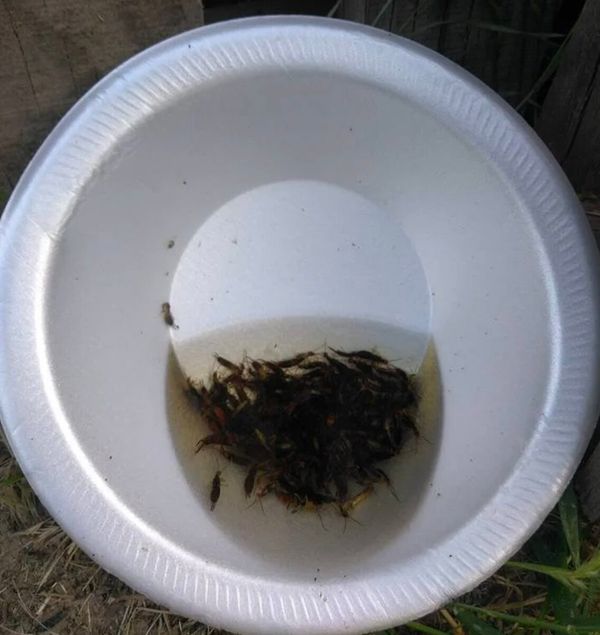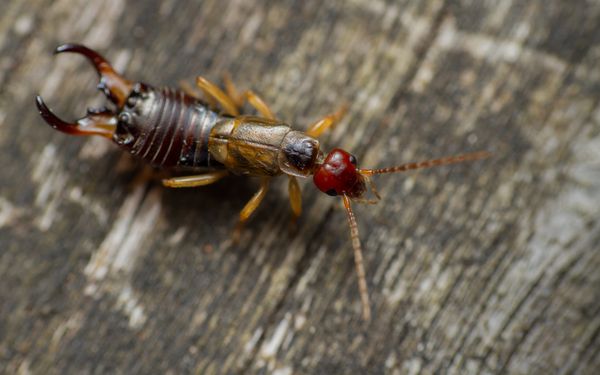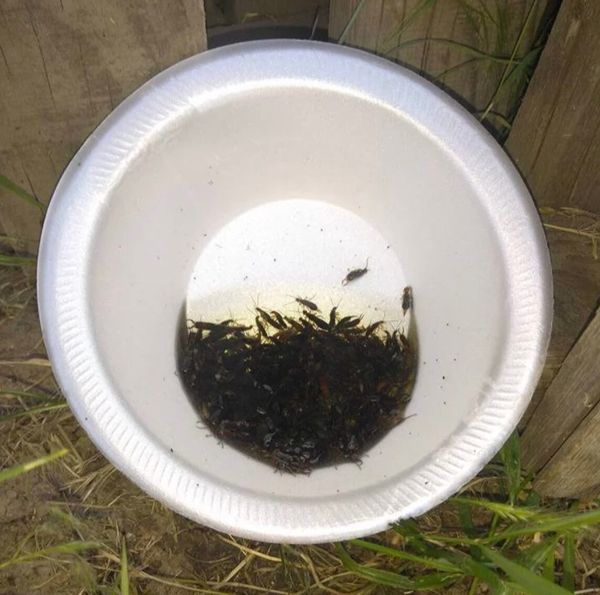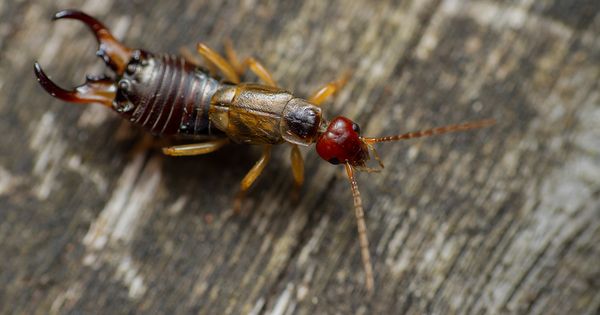If You Find These Scary-Looking Insects in Your Home, Here’s What It Means
Are you tired of encountering creepy crawlies in your home? While it’s common to have bugs in our homes, there are some that we can do without. If you live in a rural area, you may be well-accustomed to flies, ants, and spiders attempting to make your home their own during the summer months and beyond.

Some people may not be bothered by this annual bug invasion, but for others, it can be quite unsettling. Spiders spinning their webs in the corners or a fly buzzing around the kitchen may not ruin their day, but there’s one insect that they just can’t stand – earwigs.
You’ve probably seen an earwig in your home before, even if you didn’t realize it. These little insects are far from cute, but contrary to their appearance, they are harmless. However, most people don’t want a horde of earwigs crawling around their homes. If you’re one of them, here’s a handy hack that could help you get rid of them.

Facebook user Alicia Alexander shared a tried and tested method for dealing with an earwig problem. She suggests filling a shallow bowl with half a cup of olive oil and placing it in your backyard or on your deck. This apparently attracts the earwigs who then become trapped in the bowl.
According to Alicia, this method worked wonders for her. In less than 24 hours, she managed to accumulate a considerable number of trapped earwigs. Just take a look at the picture below!

And after 36 hours, here’s that same bowl again:

Don’t worry if you find earwigs seeking refuge in your house; it’s normal and highly unlikely to affect you in any way.
However, having an unusually large number of earwigs in your home may indicate a problem with rotting wood. These insects are attracted to wood rot, so it’s a good idea to check any wooden structures you have.

So, now you know a simple hack to deal with earwigs! Give it a try and let us know in the comments if it worked for you.



